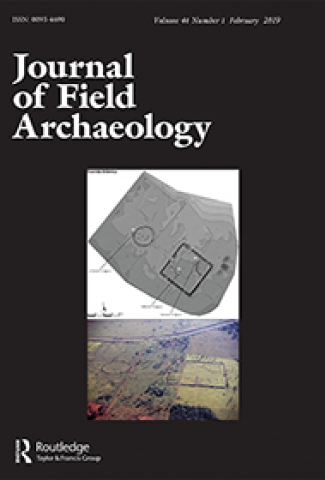
Journal of Field Archaeology, Volume 44, No. 1
At the end of the Late Bronze Age, around 1200 B.C., the Hittite Empire of Anatolia collapsed. While that collapse has been well studied, the effects on Hittite-held lands are less so, with many archaeologists positing an abandonment in Hittite territories for a period of time early in the Iron Age. Recent excavations at Çadır Höyük, 70 kilometers from the Hittite capital, have revealed both typical Hittite material culture belonging to the Late Bronze Age, including mass-produced ceramics and massive fortifications, as well as evidence suggesting that the site’s residents faced challenges, and adapted accordingly, in the wake of Hittite withdrawal and collapse, during the Early Iron Age. The architecture, ceramics, and zooarchaeological evidence from this rural settlement suggest ways in which residential continuity, cultural resilience, and technological and economic adjustments allowed inhabitants to survive and rebound in the face of political instability.
